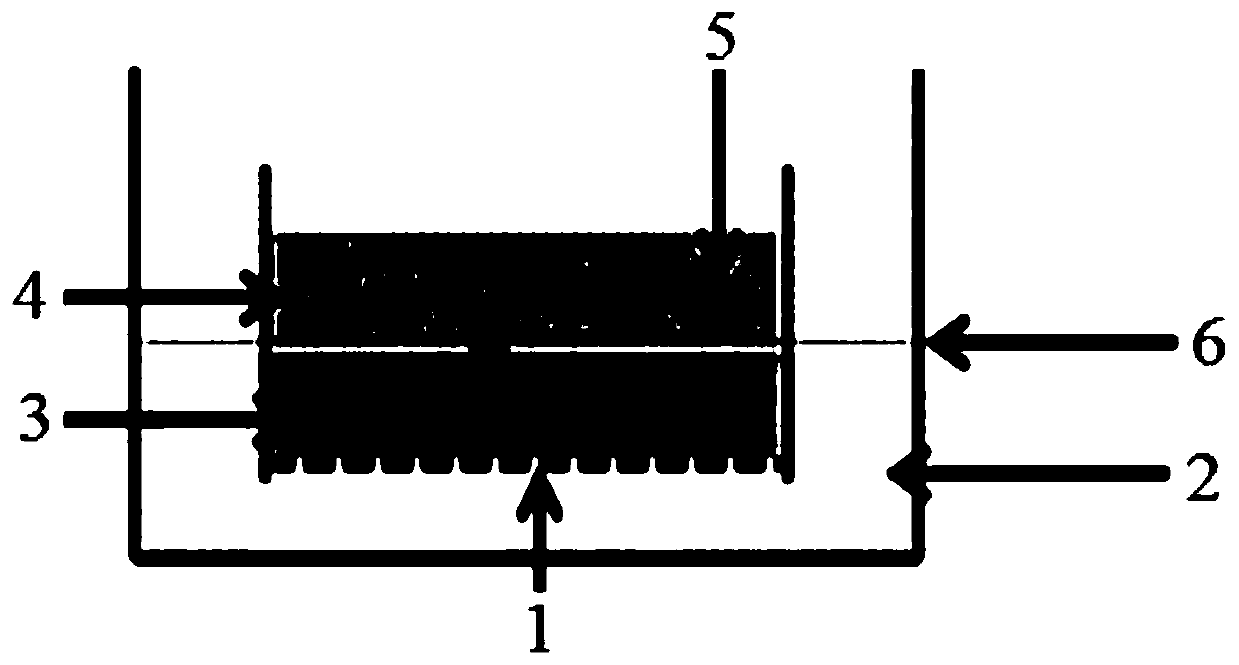Method for culturing bladder cancer organs in vitro
An in vitro culture, bladder cancer technology, applied in the field of in vitro culture of bladder cancer organoids, can solve the problems of unsuitable tumor immune drug screening, less successful bladder cancer organoid culture, lack of tumor microenvironment fidelity, etc. The effect of large cell loss, improved culture success rate, and simplified operation
- Summary
- Abstract
- Description
- Claims
- Application Information
AI Technical Summary
Problems solved by technology
Method used
Image
Examples
Embodiment
[0032] 1. Processing of freshly isolated bladder cancer tissue:
[0033] The obtained fresh isolated bladder cancer tissue was trimmed to remove non-tumor tissue and obvious necrotic tissue, washed several times with pre-cooled PBS containing 2% double antibody, and then minced in a sterile environment to a diameter of less than 0.1 mm, that is, minced meat, and then filtered with a 100 μm cell sieve, discarding larger pieces of tissue, and the filtrate was centrifuged and washed twice with basal medium; the composition of the basal medium is: advanced DMEM / F12 medium , 500-fold dilution of Primocin primary cell antibiotics, 10 μM Y-27632 ROCK inhibitor (dihydrochloride) and 2.5% fetal bovine serum;
[0034] 2. Make a gas-liquid interactive culture system, namely:
[0035] 21. Preparation of Rat Tail Collagen Solution
[0036] Under an ice bath, take 1267 μL rat tail type I collagen (3.79 mg / mL) and place it in a 2 mL EP tube, then add 200 μL of 10X concentration Ham’s F-12 ...
PUM
 Login to View More
Login to View More Abstract
Description
Claims
Application Information
 Login to View More
Login to View More - Generate Ideas
- Intellectual Property
- Life Sciences
- Materials
- Tech Scout
- Unparalleled Data Quality
- Higher Quality Content
- 60% Fewer Hallucinations
Browse by: Latest US Patents, China's latest patents, Technical Efficacy Thesaurus, Application Domain, Technology Topic, Popular Technical Reports.
© 2025 PatSnap. All rights reserved.Legal|Privacy policy|Modern Slavery Act Transparency Statement|Sitemap|About US| Contact US: help@patsnap.com



